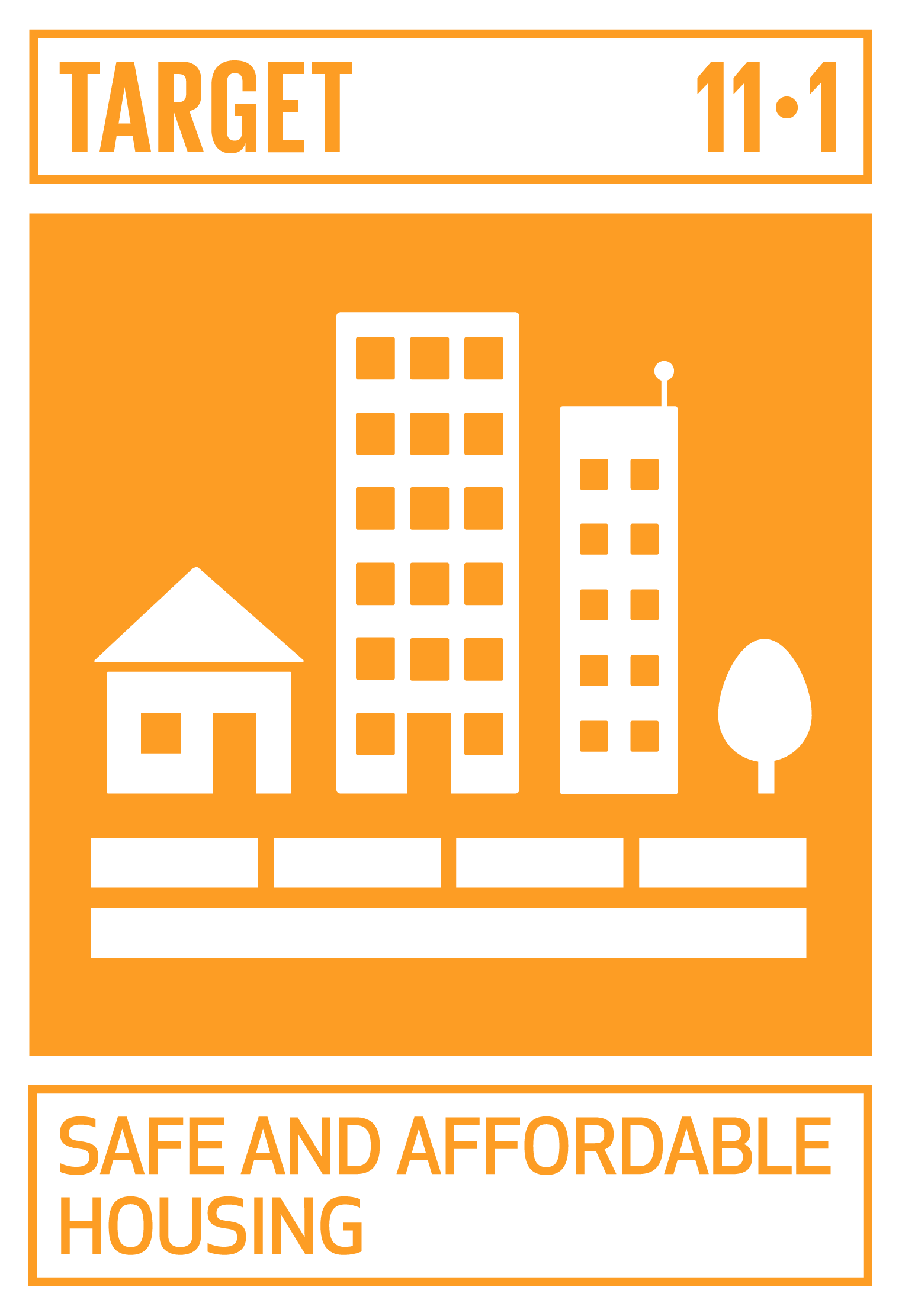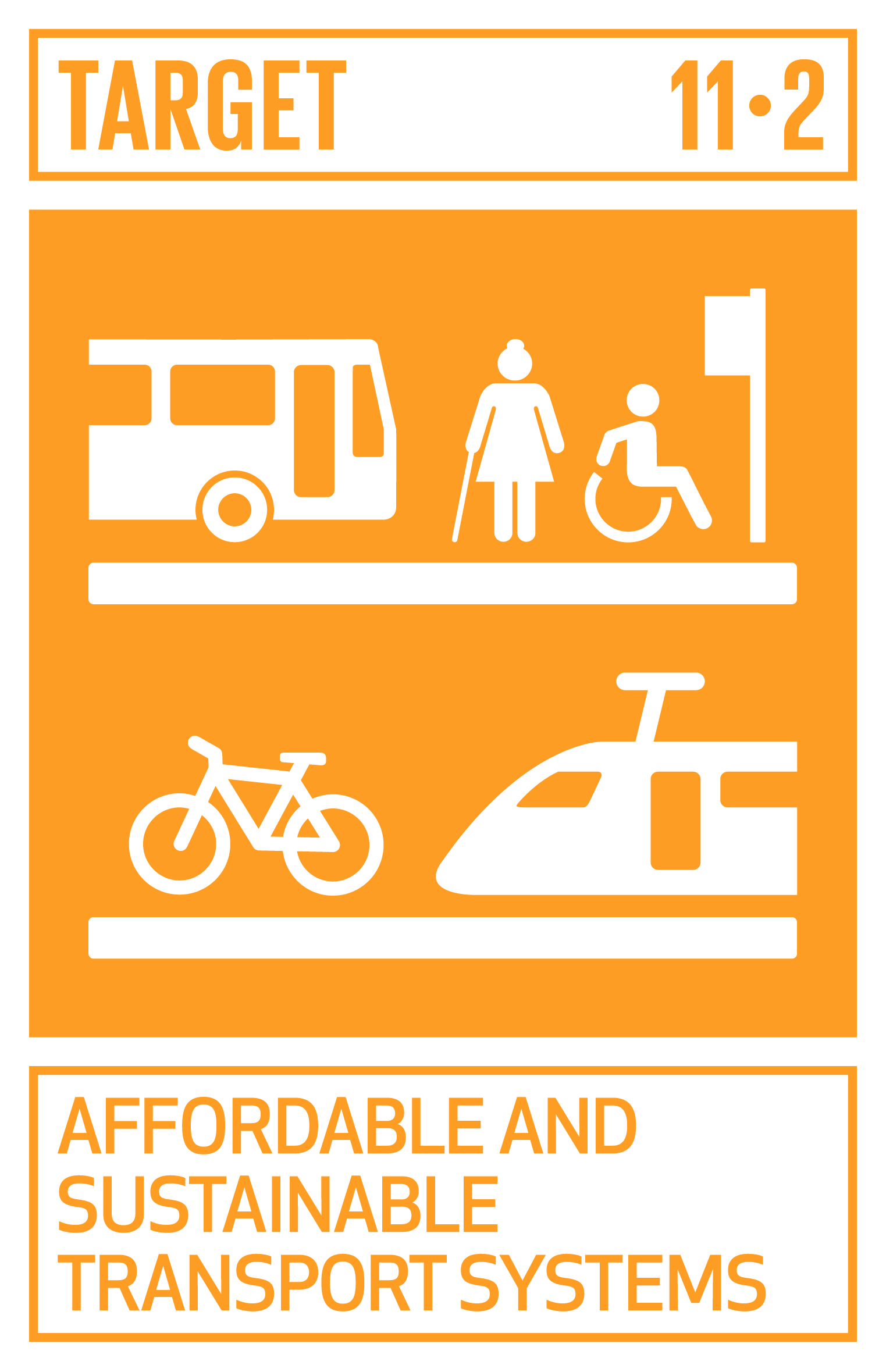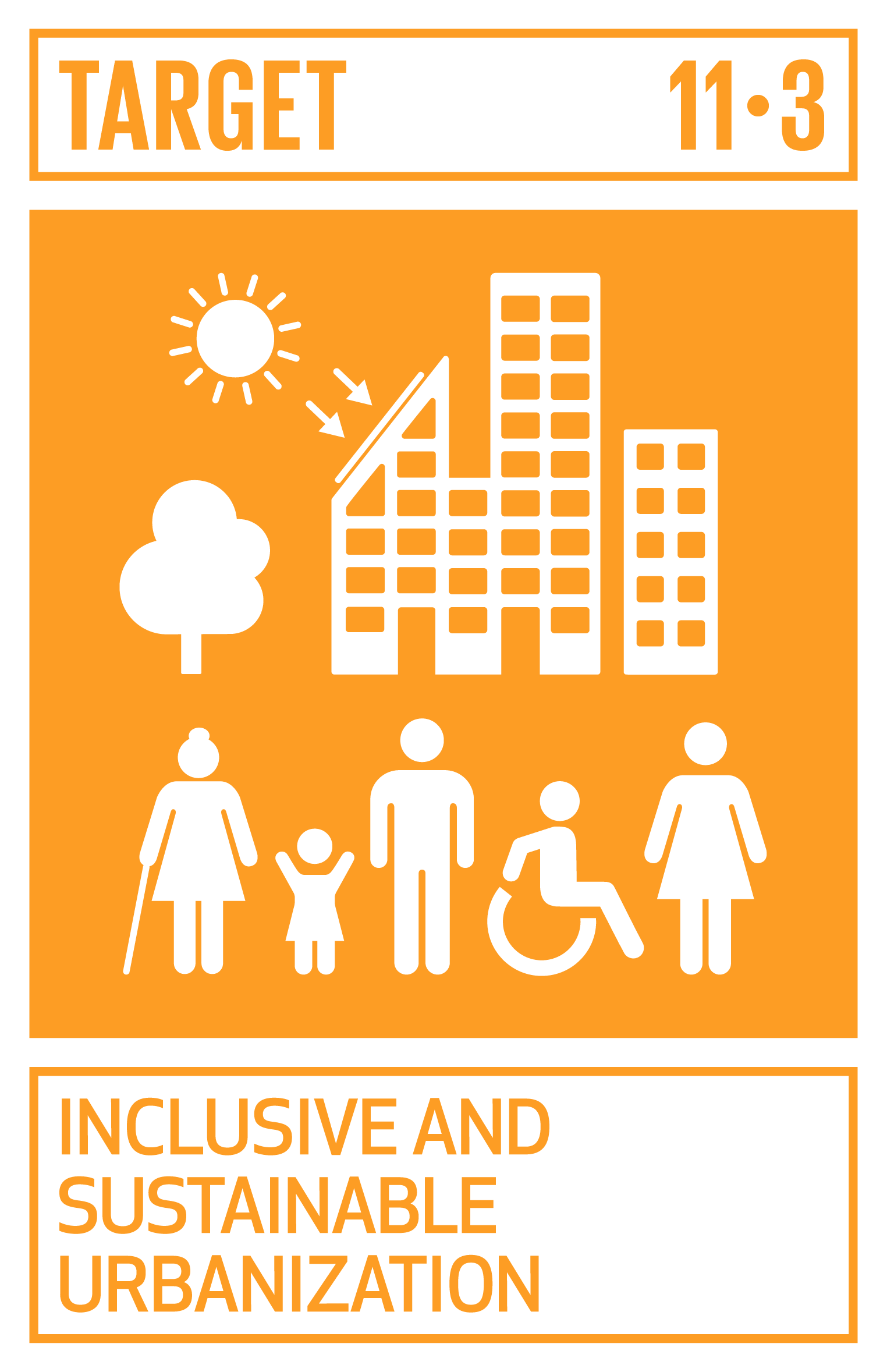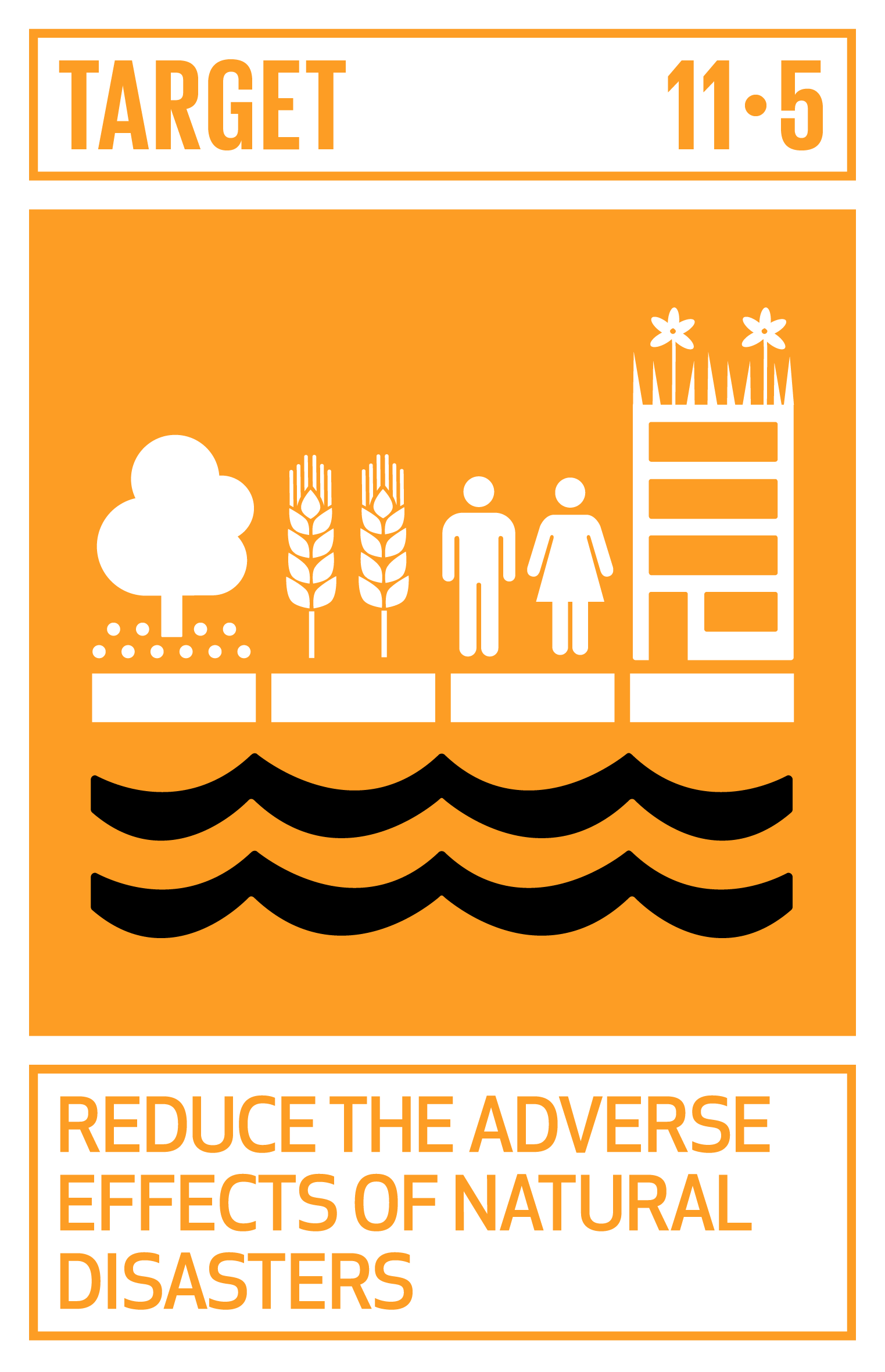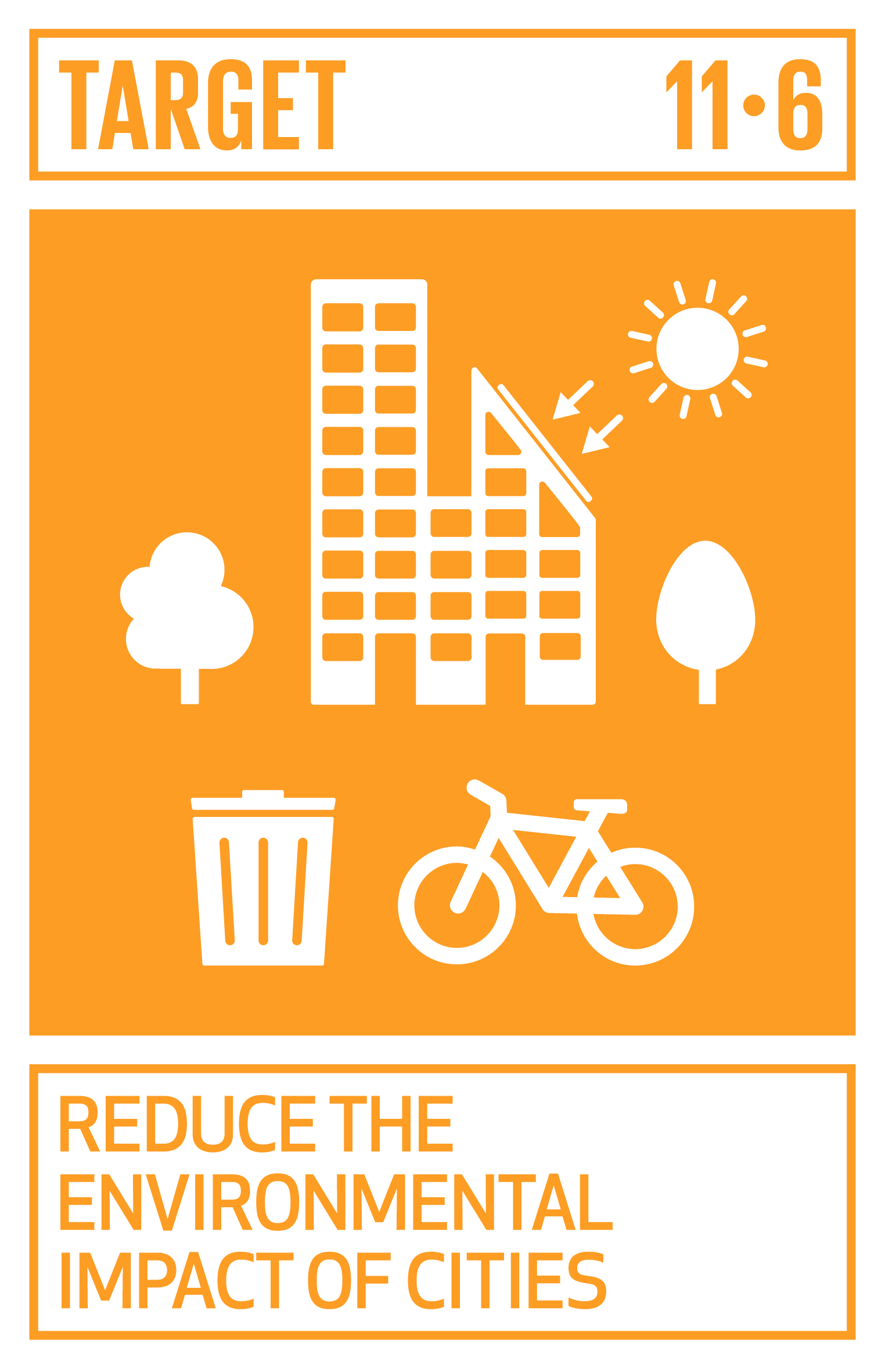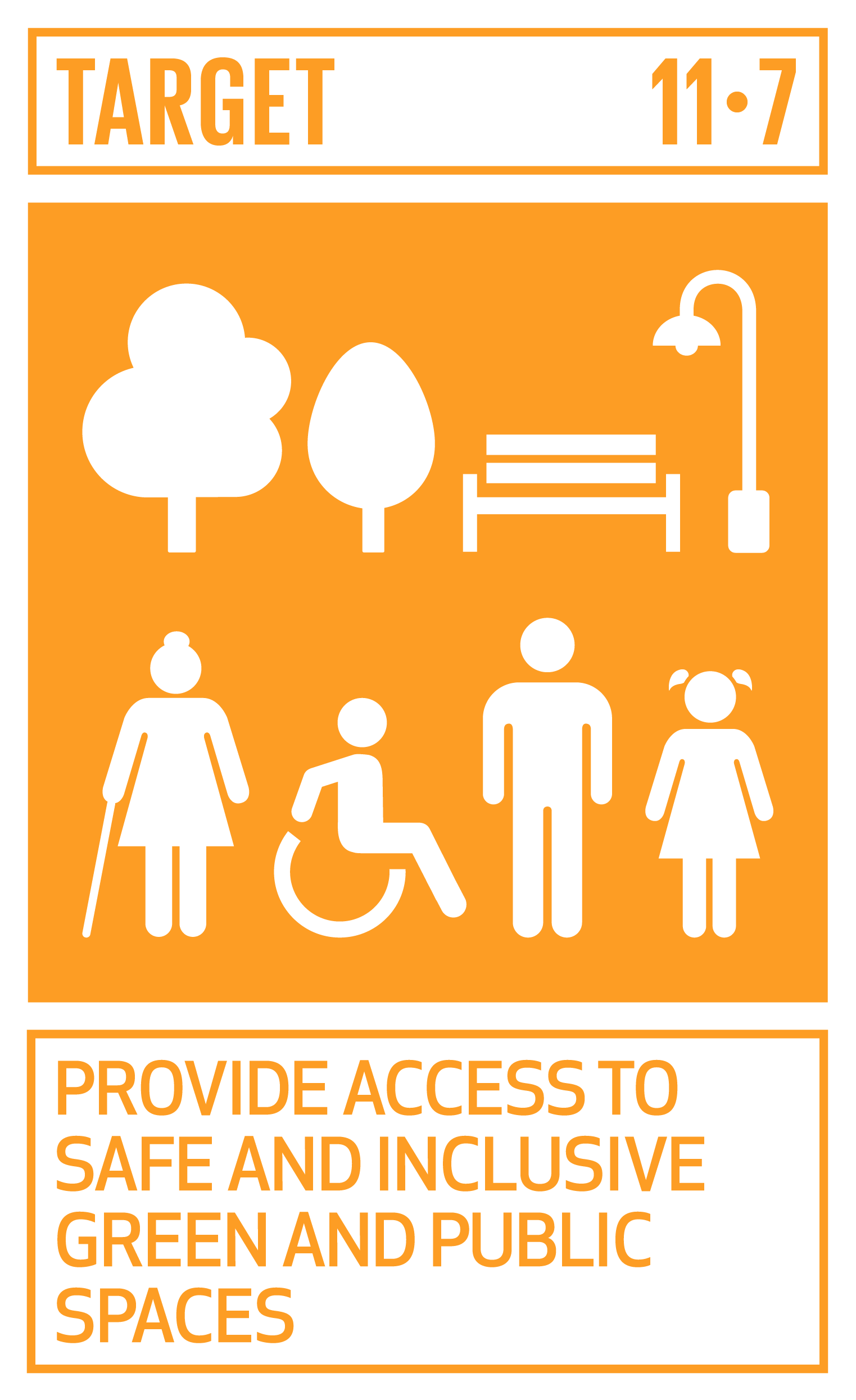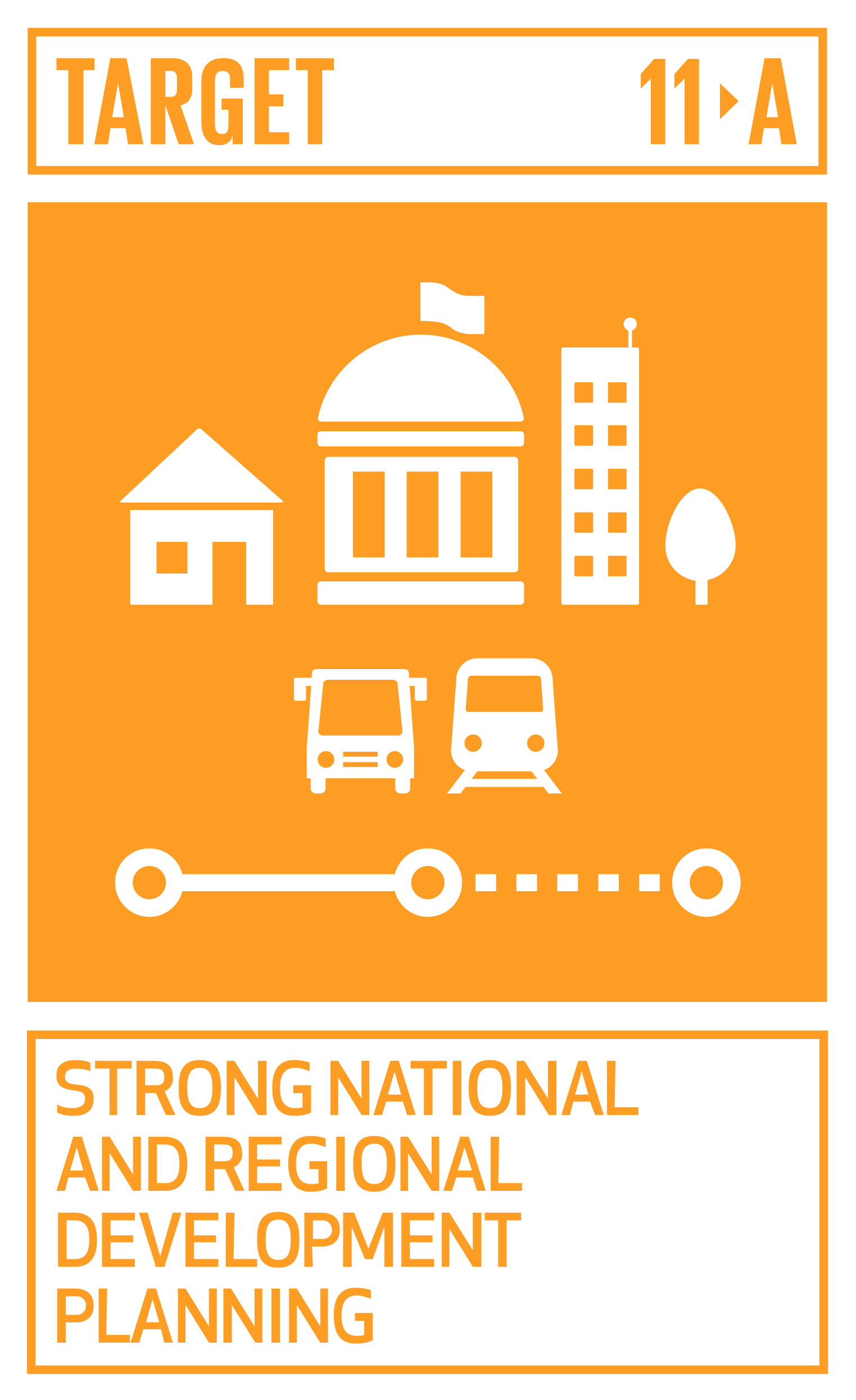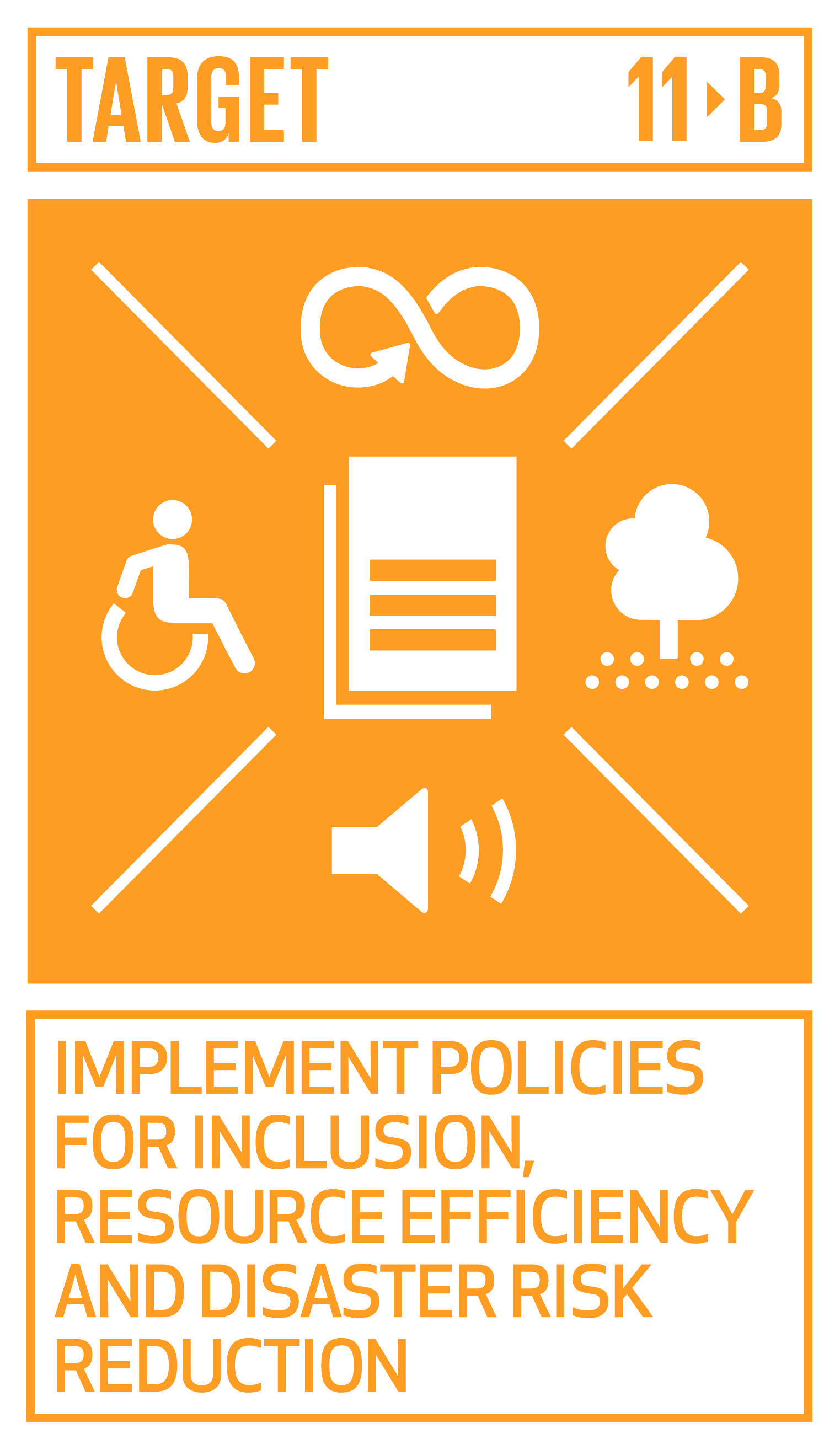The Global Goal: The world’s population is constantly increasing. To accommodate everyone, we need to build modern, sustainable cities. For all of us to survive and prosper, we need new, intelligent urban planning that creates safe, affordable and resilient cities with green and culturally inspiring living conditions. Source: Global Goals.org
Photo credit: Chris Christie
Canada’s Response:
For Canada, the 2030 Agenda goal 11 is: Make cities and human settlements inclusive, safe, resilient and sustainable. Source: Towards Canada’s 2030 Agenda. There are a number of actions, measures and many indicators that include:
By 2030, provide access to safe, affordable, accessible and sustainable transport systems for all, improving road safety, notably by expanding public transport, with special attention to the needs of those in vulnerable situations, women, children, persons with disabilities and older persons.
82% of Canadians live in cities and surrounding metropolitan areas. Canadian cities are competing globally for people, technological leadership and capital investment. Municipal leaders need to plan for economic growth in this competitive environment, at the same time ensuring that their communities are safe and livable, provide opportunities and a positive quality of life for diverse, growing populations, and manage a built environment that is under continual pressure to grow and improve while addressing the pressing issues of climate change and environmental sustainability more generally.
How are actions within our biosphere region contributing toward these goals?
View of West Vancouver within the Biosphere Region
The biosphere region is only 30 minutes from downtown Vancouver, Canada’s third-largest city and home to 2.6 million people. Approximately 46,000 people live in the biosphere region, most in West Vancouver and Squamish. Squamish and the Sunshine Coast are facing the pressures of growth as the increasing cost of living in Metro Vancouver, as well as expanding tourism employment in the area, encourage young and retiring populations to these nearby accessible communities. Overall, the collective populations in these communities outside of Metro Vancouver are expected to increase by 29% over 2011 levels by 2036.
Official community plans incorporate the 10 principles of smart growth but not all residents see this as positive when densification and mixed housing changes the small-town feel. The District of Squamish ranks #17 in the ranking of Canada’s fastest-growing cities. The population increased by 22% between 2016 and 2021 in the past few years.
Below are the UN SDG 11 targets that are relevant to our region. Click here to learn more about UN SDG 11.
What more can we be doing or are we on track? We want to hear from you.
In developing a management plan for the Átl’ka7tsem/Howe Sound UNESCO Biosphere Region, we are assessing where we are in our collective vision of Life on Land in the Átl’ka7tsem/Howe Sound region for 2030, and setting priority goals and objectives. Read more here about the Nchu’ú7mut/Unity Plan.
You can submit your comments via our online form.




